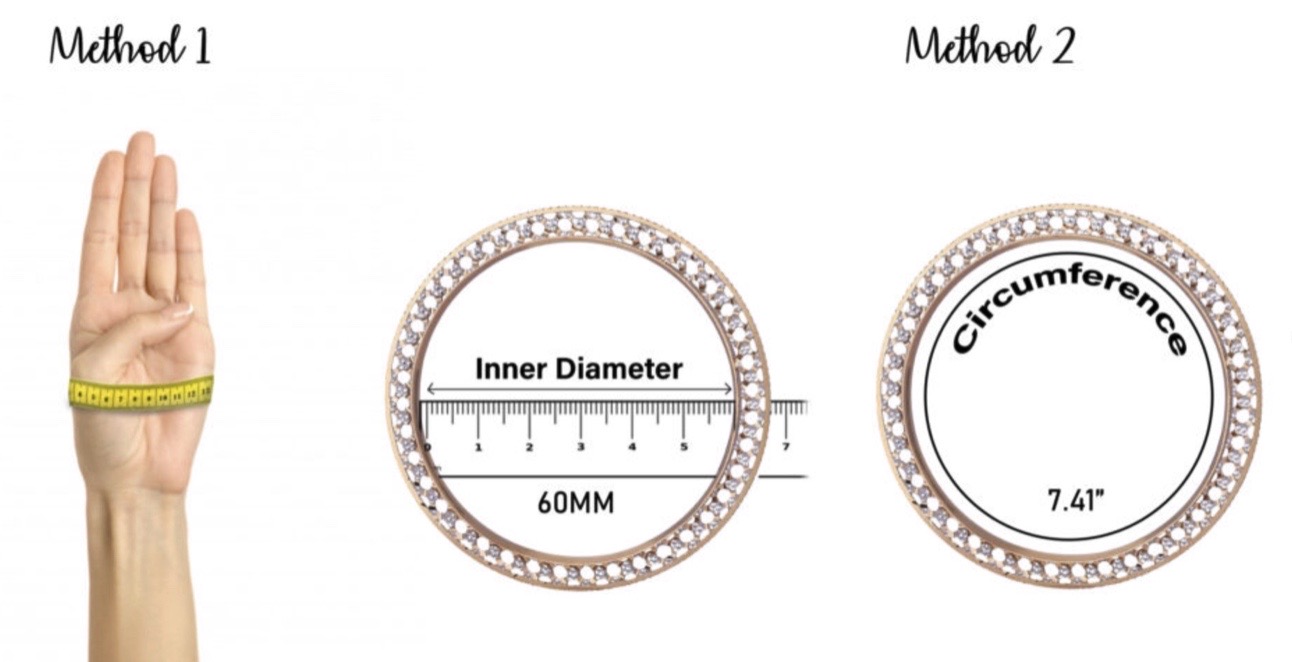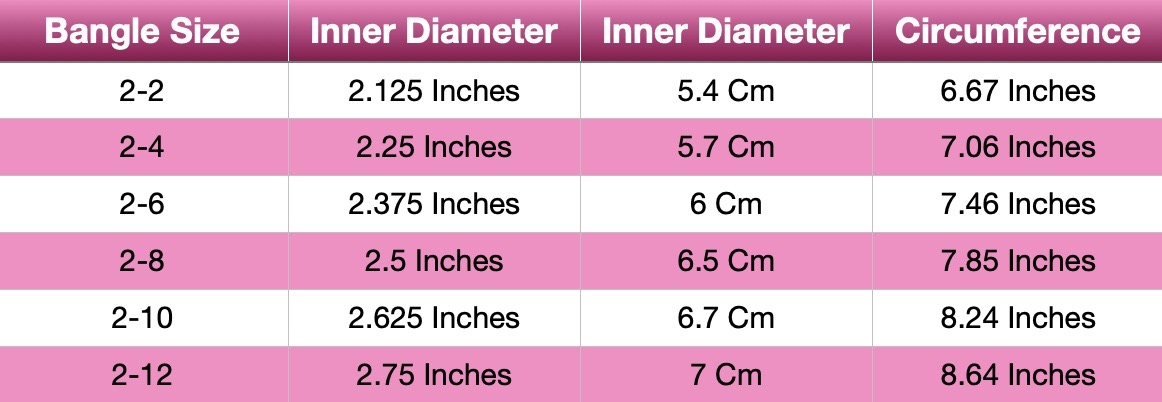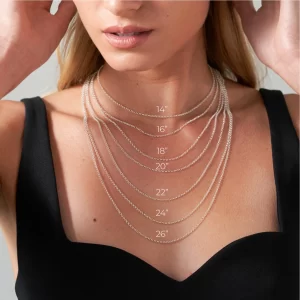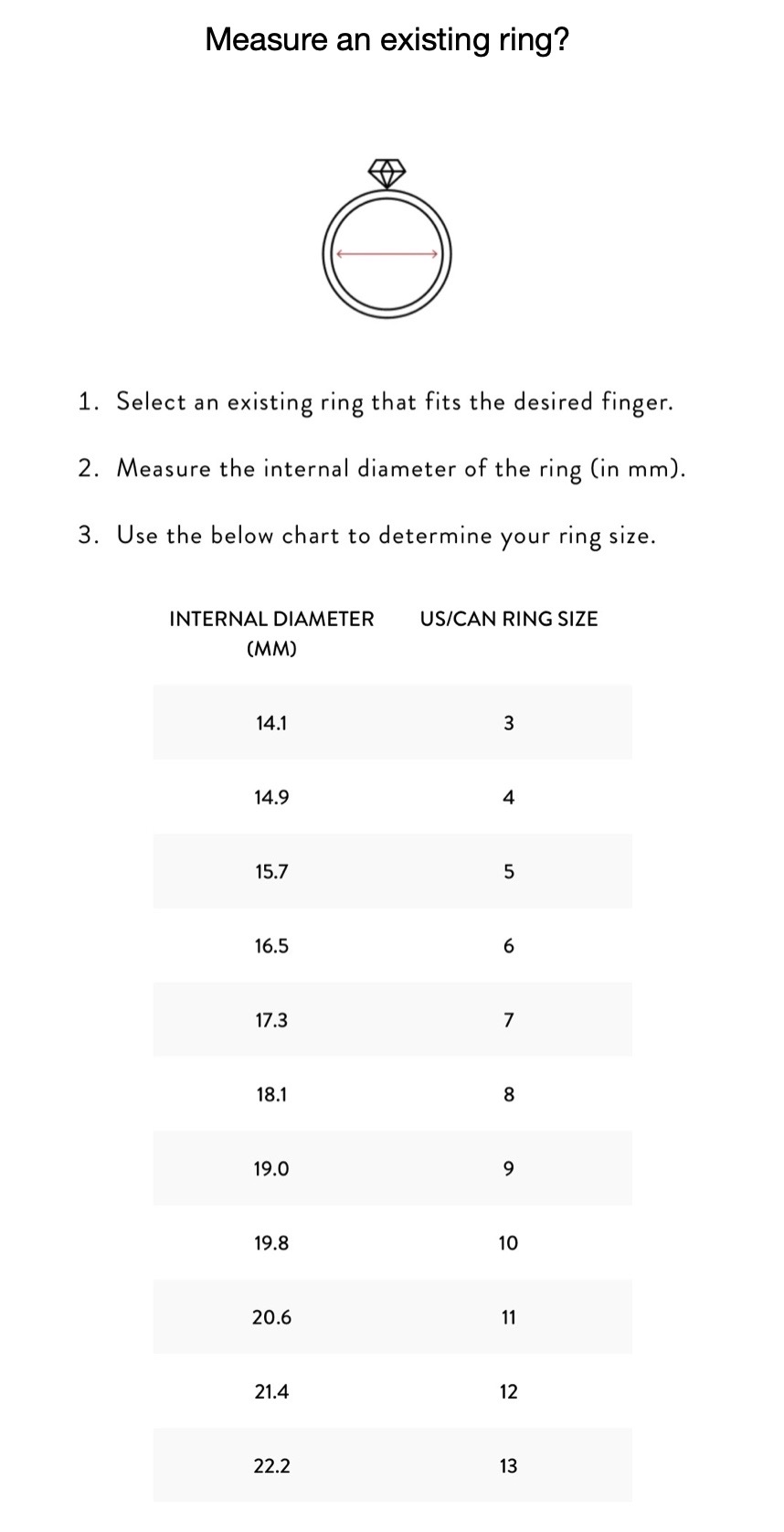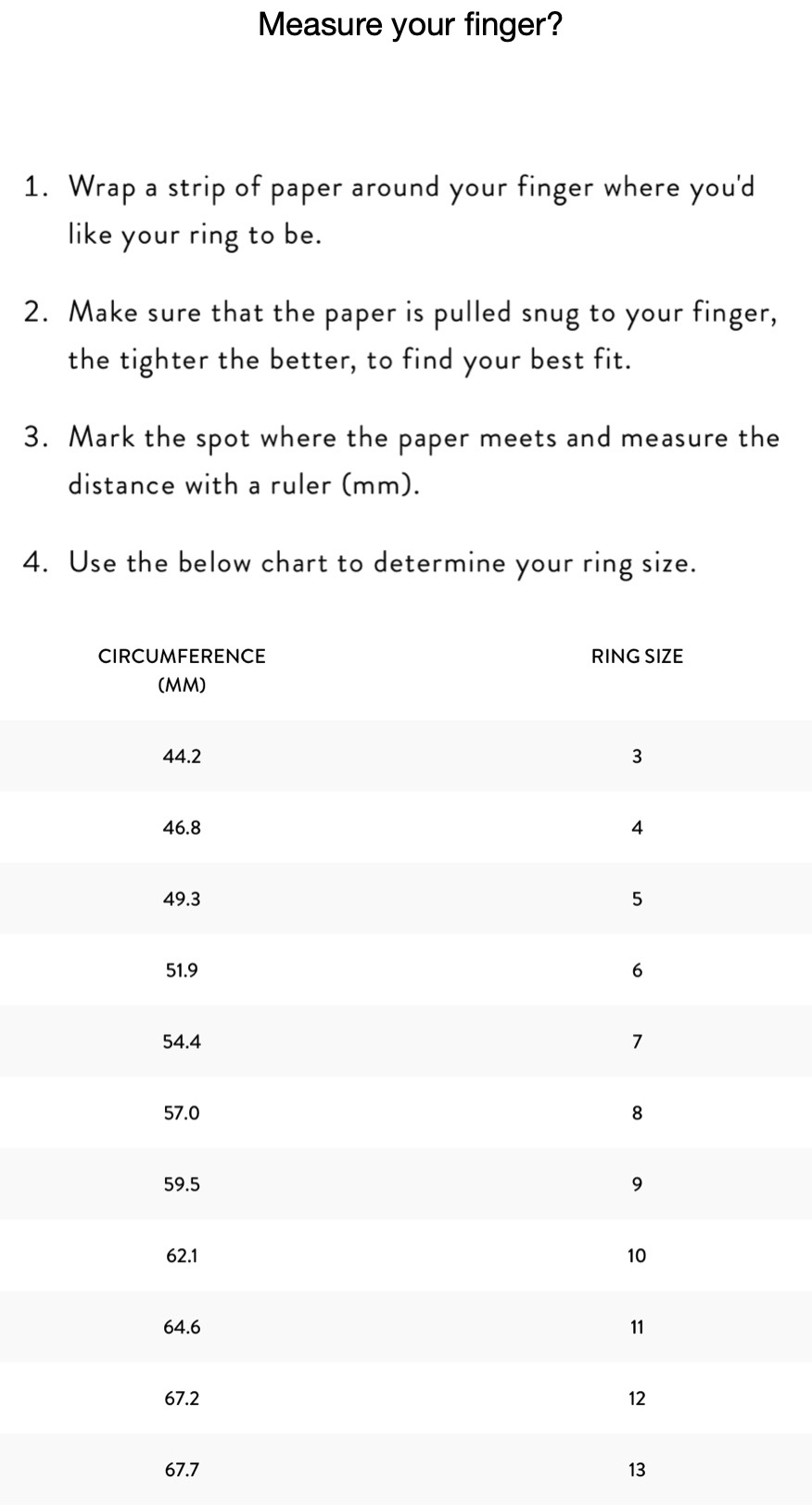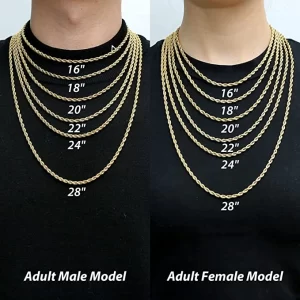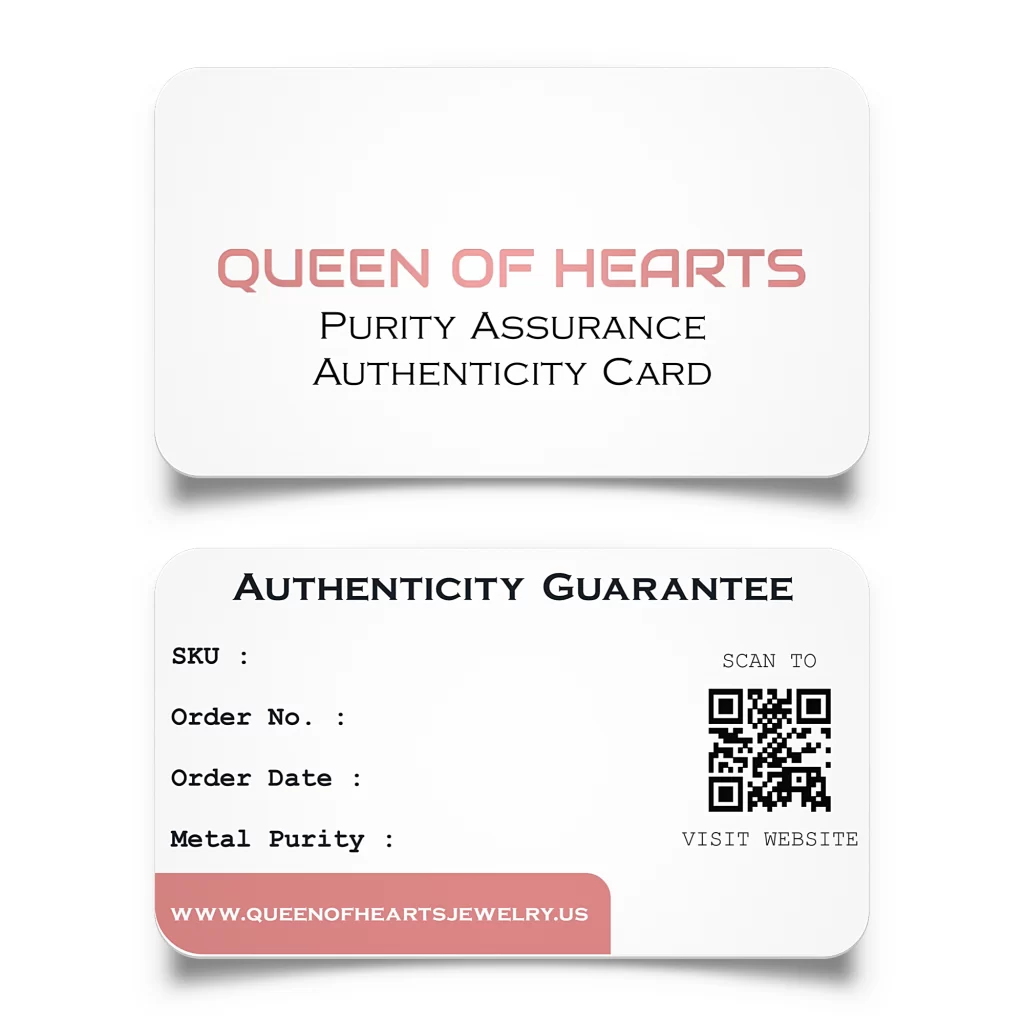5 easy ways to recognize fake gold

Gold is the ultimate symbol of luxury and wealth – and was once even limited to royalty! Nowadays, you can easily get your hands on real gold items, from beautiful gold jewelry to gold ornaments.
However, the jewelry market is rife with gold knock-offs. If you’ve stumbled across a piece of gold jewelry in a thrift store and want to know if it’s the real deal, we’ve put together a list of five fail-safe methods for testing.
So, how can you recognize fake gold? Let’s take a look.
LOOK FOR A STAMP
Most pieces of jewelry that are made with real gold will come with a stamp of authentication, often detailing the gold’s karat or the name of the manufacturer. Take a look at the inside of the ring band (or any concealed area if it’s not a ring) and check if there’s an engraved hallmark. You might find a karat certification (anywhere from 8k- 24k, but nothing outside this margin) or a manufacturer hallmark – this will usually mean that your piece of jewelry is certified real gold. If you find markings such as GP, GF GE and HEG, these indicate that your piece of jewelry is ‘gold plated’, and therefore not real gold.
However, as engraving can now be performed for anyone by most jewelry stores, the stamp test is not a fail-proof method when it comes to testing for real gold. If you still have doubts on the authenticity of an item, you can always take it to a local jeweler shop for further confirmation and inspection.
CHECK YOUR SKIN AFTER WEARING IT
The classic tell-tale sign of cheap jewelry: skin staining! Skin discoloration tends to occur if you’re wearing copper jewelry, as the contact between the skin and metal will trigger what is known as an ‘oxidation’ process, a side-effect of which is green skin staining.
This oxidation process won’t occur if the jewelry you’re wearing is gold: a piece of real gold jewelry will be oxidation resistant, meaning that it’s not going to leave any marks or traces on your skin, green or otherwise. If a bracelet, necklace, ring, or other piece of jewelry leaves a trail or black or green discoloration on your skin after being worn, you can be certain that it’s not made with real gold.
WATER TEST
Another way to spot fake gold is to perform a quick water test. As you may already know, gold is pretty dense; this means that it isn’t going to float if you submerge it in water. To carry out this test, you can either run a bath, fill your sink up, or fill a bowl with water. Place your piece of gold jewelry carefully into the water and see if it sinks or floats – if it floats, you can be sure that it’s not real gold. Real gold also won’t hover in the water – it will be touching the bottom of the sink or bowl.
Water damage can also be a sign that you’re not dealing with real gold; real gold is rust resistant, so any signs of water damage should indicate that you’re probably instead dealing with a common metal.
MAGNET TEST
Unlike many common metals used to fabricate mass-market jewelry, gold will not be attracted to magnets – this gives way for an easy ‘magnet test’ to help you scope out fake gold. To perform this test, you’ll need to get yourself a magnet, but you’ll want to make sure it’s ultra strong (you might need to head to a DIY store to get one strong enough to conduct an efficient test – a fridge magnet won’t do the job.)
To carry out this test, simply hold your piece of jewelry around 1-2 inches from the magnet. If it’s attracted to the magnet, it’s unfortunately not a piece of real gold. Real gold isn’t magnetic, so it won’t move when placed near or against a magnetic object.
NITRIC ACID TEST
This test is slightly more complicated, but will be able to let you know decisively whether or not your jewelry is made of real gold. To perform this test, you’ll need to rub your piece of gold jewelry on some black stone. This should leave a mark, which you’ll then proceed to test by rubbing with nitric acid. If the mark disappears, the jewelry isn’t made of real gold.
THE BOTTOM LINE
When it comes to buying real gold jewelry, it’s always best to stick with reputable retailers and avoid buying second hand items without veritable proof of the gold’s authenticity. Whether you’re buying a 22k gold bracelet or a wedding ring, you’ll want to ensure you’re getting the real thing.

